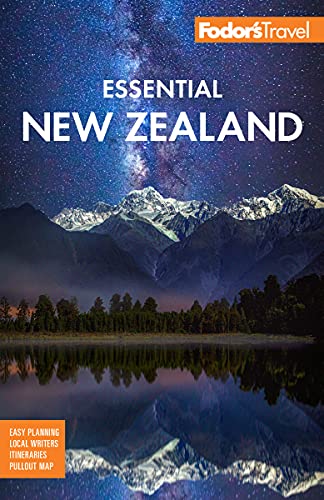Abel Tasman National Park
Golden sand, sheltered bays, and granite headlands are washed by clear blue water and fast-moving tides; rocky inshore islands provide habitat for rare native birds, while migrant wading birds feed on the sand flats. It’s a vibrant place of sun, sand, and sea.
Abel Tasman is New Zealand's smallest, and arguably most popular, national park. The terrain varies from forest-covered ranges to easy walking tracks that follow a forest-lined coastline with golden-sand beaches and sheltered bays. It's small enough that you can spend just a day here walking, kayaking, or simply cruising; or you can get serious and head off on a multiday trip combining all of the above. If you're new to outdoor experiences this is the perfect place to start. The park has a number of walking and water-based options, plus road access from the northeast and south. Shuttles and water taxis can take you to the trailheads and pick you up afterward.
Best Time to Go
Anytime, but be wary during the peak summer holiday period, from Christmas to mid-January, when the locals flock here in great numbers. Most people prefer to visit in summer, November through April, but don’t let winter put you off, especially if you prefer your solitude. Though colder, winter weather can be very settled and sunny.
Features, Flora, and Fauna
Adele Island
This small, forest-covered island just off the northern Abel Tasman coast is uninhabited, but for the birds and seals. Through a significant ecological restoration project, supported by local tourism operators to revitalize the birdlife on the island, animal pests such as rats and stoats are being eradicated and native birds, for example the South Island robin (kakaruai) have been reintroduced. If you are passing the island on a cruise at dusk, listen for the call of the shearwater. Most likely it’s a recording being played from a hidden speaker, to attract shearwaters back to nest on the island.
Granite Headlands
The prevalent granite headlands in the park drop off dramatically into the sea, eroded by sea action at the coast. This is most obvious around Separation Point, Arch Point, Tonga Quarry, and the coastline south of Awaroa Bay. Tonga and Adele Islands are also good examples.
Harwoods Hole
Deep in the park’s interior and reached by rough road from the top of the Takaka Hill, Harwoods Hole is a 595-foot deep, 185-foot wide karst sinkhole. It descends into one of the country's largest underground cave systems. With an entry rappel drop of 530 feet, then convoluted passageways to navigate to get out again, it’s definitely for experienced cavers, but it's worth a look from the top.
Tonga Island
Sitting between Bark Bay and Awaroa, this tiny island looks like a pile of granite blocks covered with a blanket of bush. The surrounding waters are part of a fully protected marine reserve, where no fishing is allowed, and the island is a breeding ground for seals and blue penguins.
Weka (Bush Hen)
These cheeky flightless birds have disappeared from many parts of the country, including this coast, however they have been reintroduced in recent years so keep an eye out for them. They resemble heavy brown hens, and dart across tracks and campsites. If you’re not careful, they'll help themselves to your lunch (not encouraged, for their sake), and if you leave your tent open they might just run off with a shoe.
Best Activities
Cruise or Water Taxi. In midsummer the coastline buzzes with little water taxis and bigger cruising catamarans delivering people to various parts of the track, picking up those who have walked or kayaked a section or two, and dropping off supplies and even kayaks. And if you just want to sit back and enjoy the scenery then join a cruise up the coast and back.
Kayak. Sea kayaking is popular, and several companies offer packages, often combining paddling and walking. These can be from half-day to multiday trips, freedom or fully guided and catered, with optional accommodations arranged. Water taxis can also be arranged to deliver your packs to your next stopover point. It’s a pleasant, possibly invigorating trip, especially if the wind is going your way.
Sail. Almost without fail a healthy sea breeze comes up along the coast every summer afternoon. With this in mind catch a sailboat cruise out of Kaiteriteri in the morning. It’s a slow gentle way to interact with the park. Then hang on as the skipper hooks the boat into that sea breeze on the way home behind a fully set spinnaker.
Walk. The entire 60 km (37 miles) Abel Tasman Coast Track, from Wainui Bay in the north to Marahau in the south, can be walked in three to five days, depending on your pace and how many swims you want along the way. This designated Great Walk is well formed and easy to follow. Alternatively you can walk short sections by arranging a drop-off and pickup by water taxi. Bark Bay to Torrent Bay and Awaroa to Torrent Bay are ideal for this. There are a few tidal crossings along the track that can only be crossed at mid- to low tides. Each of these has a longer all-tide alternative, but plan ahead and remember to allow for this if you are meeting a water taxi. The park’s inland tracks explore more rugged, forest-covered areas—best tackled by more experienced trampers.




